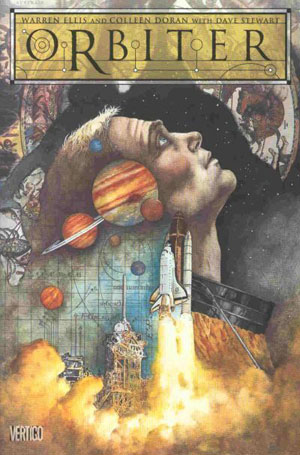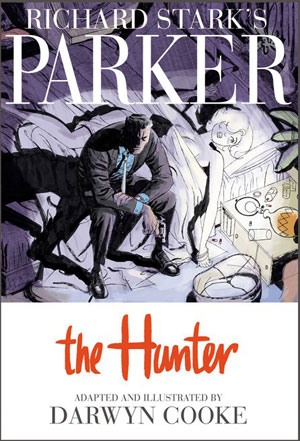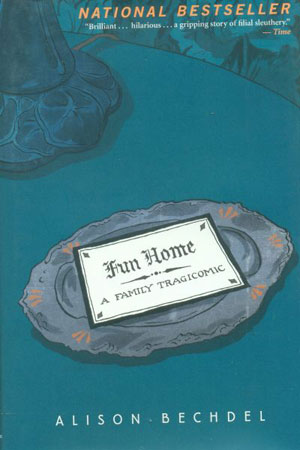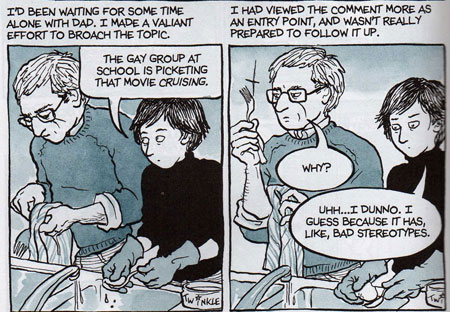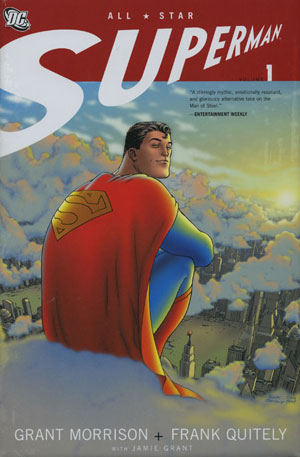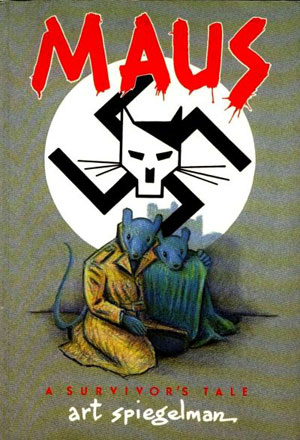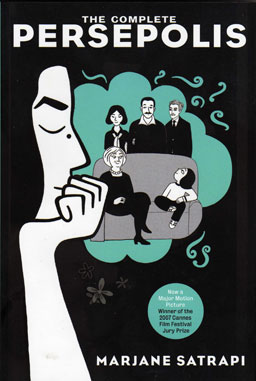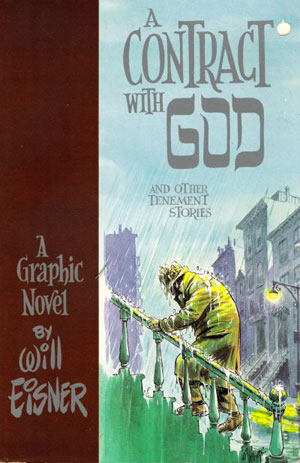As long as we’re busy observing Guy Fawkes Day (We are observing Guy Fawkes Day, right?), it seems like a good time to talk about another great Alan Moore comic book.
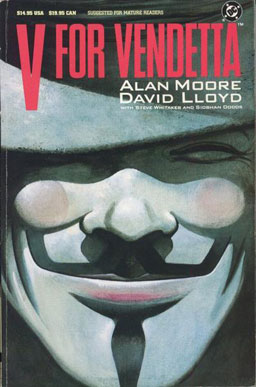
V for Vendetta
Thanks to the 2006 movie, the profile of this story got raised a lot higher than it had ever been. And while I do enjoy the movie a lot, the graphic novel is a much different beast. So let’s review the basics a bit.
Obviously, it was written by the famously brilliant and bearded Alan Moore and illustrated by David Lloyd. It was originally published as a ten-issue miniseries in “Warrior,” a British comic book anthology, in 1981. Due to sporadic publishing and production schedules, it took several years for the story to completed — in fact “Warrior” was cancelled in 1985, before the end of the tale could be published. In 1988, DC Comics published the previous “Warrior” chapters, in color this time, then published Moore and Lloyd’s final chapters, finally completing the series. It has since been compiled into a graphic novel under DC’s Vertigo imprint, and it’s available in stores for you to buy right now.
The story is set in a dystopian future in which England is ruled by a fascist dictatorship. There are no known black people, no known homosexuals, no known religious or ethnic minorities. Police powers are absolute. People are propagandized on television and radio by “The Voice of Fate,” an influential and soothing broadcaster, and they are watched at almost all times through pervasive video surveillance. Signs throughout the city proclaim “Strength through Purity, Purity through Faith.” England prevails, and freedom is dead.
There are two main characters. Evey Hammond is a young girl who runs afoul of a government vice squad. She is rescued by “V”, a man wearing a grinning Guy Fawkes mask. V is a virtual superman — terrifyingly fast and agile, a powerful fighter and merciless killer, endlessly patient, cultured, charming, theatrical, charismatic, impossibly intelligent — and completely insane.
We learn very little about V over the course of the story. He used to be an inmate at a death camp, he endured terrible experimentation and escaped after these experiments mutated him and twisted his psyche. He wants the people who held him captive dead. He wants the dictatorship destroyed. He doesn’t want to replace it with a democracy or a monarchy or a republic. He is a terrorist and an anarchist. He wants the government — all governments, really — dead. And he nearly never takes off that mask.
Evey is not at all superhuman and not very insane. She is a normal person who has been ground down by years of living in a world without freedom. Her parents were arrested and presumably killed years ago, she has little money and few resources until she meets V. She likes V and sympathizes with his cause, but she just wants to live a normal life. In time, she is captured by the government and tortured. In time, she becomes a freedom fighter, too.
Is this a perfect comic book? No, it really isn’t. There are a dizzying number of supporting characters, and you really cannot keep track of which ones are important and which ones are forgettable cannon fodder until the final chapters. There are times when the art seems a bit muddy — I attribute this to the fact that colors were added to Lloyd’s black-and-white art. And the story drags toward the middle. In a lot of imporant ways, the movie improved the story a lot — the vast number of characters were pared down to a more manageable size and the slow parts from the middle of the story were eliminated.
But don’t let that put you off from reading the graphic novel. This is a story that thrills and excites — it almost blisters your eyeballs as you read it. It smothers you under claustrophobic paranoia, stings you with terror, and shouts with the joys of freedom and righteous violence. V is an enigma behind his ever-smiling mask and ever-mysterious pronouncements, but his razor-sharp style and wit make him a very agreeable protagonist — I hesitate to call him a hero as he can be breathtakingly capricious and cruel — there’s a certain point in the story when most readers are going to be very, very angry at him. Trying not to spoil it, so no details, but while I was reading it the first time, I kinda wanted to kick the crap out of Alan Moore for even writing it, even though I was fantastically impressed with how well it was written and plotted. Evey, meanwhile, is the comic’s true central character, as everything revolves around her ultimate transformation from oppressed cog into enlightened rebel.
It is a highly political work. It was written when British politicians were toying with the idea of putting AIDS victims in concentration camps, when prominent people were talking about stamping out even the concept of homosexuality, by any means necessary. It was written during a period when police forces were becoming more militarized and surveillance was becoming more common. It was written when many Britons truly feared that they were looking at a pre-fascist government. In some ways, the fears of the graphic novel never came to pass — many of the excesses of the Thatcher government were turned away by more level-headed and less paranoid players. On the other hand, government surveillance, especially in England, is almost everywhere, on a level that’s almost impossible for us to believe in America — Great Britain is considered the most heavily surveilled industrialized nation, with security cameras almost everywhere in the larger cities.
There are so many wonderful moments. There’s the shy, bespectacled girl who, finally freed of the government’s omnipresent surveillance, celebrates her new freedom by shouting “Bollocks!” There are V’s methodical and brilliant murders. There is the heartbreaking letter from the political prisoner, Valerie — possibly the best single stretch of writing in the entire story — so good they lifted the entire thing for the movie. There are many, many more great moments here, but you can’t go much further without spoiling the story. I don’t want to spoil the story for you, and I don’t want to deprive you of the joy you’ll know when you find those moments for yourself.
You can find it in comic shops and bookstores right now. You should go pick it up.


